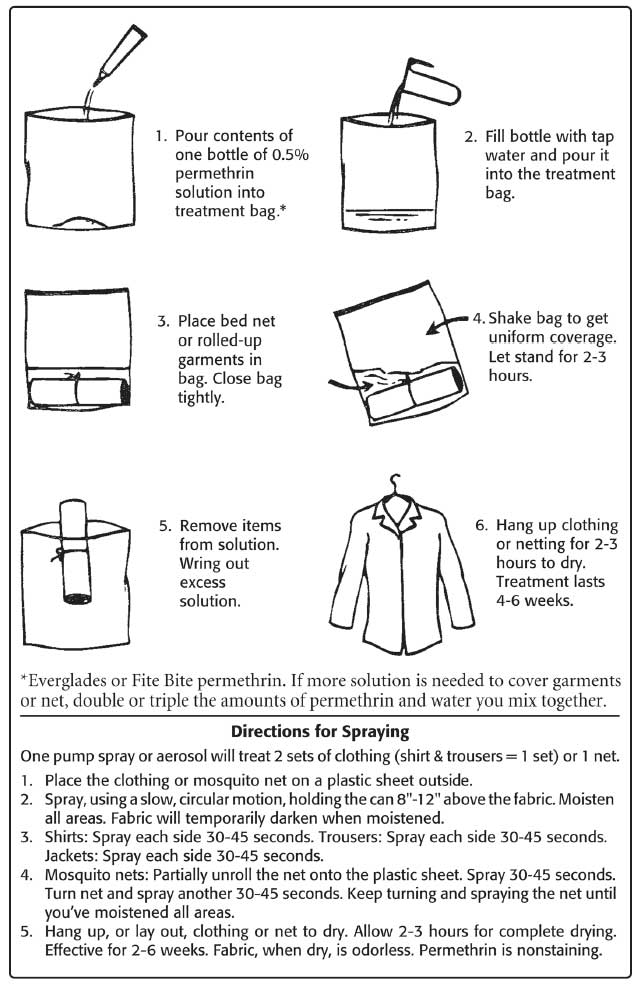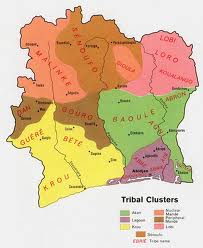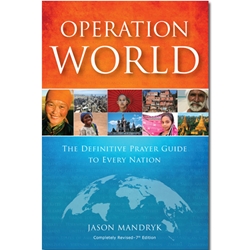Sending regular newsletters has long been a staple of maintaining relationships with ministry partners and raising missionary support. While many missionaries still send paper newsletters, most missionaries send email newsletters as well. I work with and know many missionaries, so I regularly receive these monthly, quarterly, or occasional email newsletters. Many missionaries do not carefully consider the file format they use to send newsletters. I would like to provide several reasons why missionaries should use the PDF format for these attachments. PDF stands for Portable Document File. It can be created and read by many applications. The developer of the PDF file is Adobe and the most common viewer of PDF files is Adobe Acrobat Reader. You can identify a PDF by the letters “pdf” after the dot in the file name, as in newsletter.pdf. The icon on the right is commonly associated with PDF files.

- PDFs files are opened with a free (an very common) viewer. If you use a proprietary file format from Microsoft Publisher, Adobe Photoshop, or other applications, the recipient will need this same application to view your newsletter. Even more common formats such as Microsoft Word’s DOC and DOCX, require a viewer that some users may not have. Anyone can open a PDF file with a free, popular application.
- PDFs do not contain viruses. Files like Microsoft Word can contain macros, small programs that may harm your computer. Some email applications will block these as a protective measure.
- PDFs allow you to use your favorite font. If you use a special font that your recipient doesn’t have, your words with either be displayed in another font, or will be displayed as complete gibberish, resulting in unattractive or unintelligible text.
- PDFs insure that your recipient sees the document the same way they would if you printed it and mailed it to them. PDFs are like a virtual printed copy of your newsletter. You can rest assured that no one will see anything else on their screen.
- PDFs make it easy for your recipient to print your newsletter. When your recipient prints the document, it will be the same as if you mailed it to them.
- PDFs make it sure that no one can alter your newsletter. It is what it is.
So, now that you understand why it is important to send your newsletter as a PDF file attachment, how do you do it? Many computer applications allow you to save the file as a PDF file. You may also install a small program that functions like a virtual printer, turning anything you can print into a PDF. Some free programs that do this are PDFCreator and PrimoPDF. They install on your computer are shown as printers. Instead of printing paper, they “print” the file and convert it into a PDF file on your computer. You can then attach this file to your email.







 The International Phonetic Alphabet (IPA) is standard method for expressing the range of sounds of that we use in the languages of the world. This is a useful tool for linguists and language learners as it is the way to write every possible sound. It often is helpful to see the “big picture” of all the sounds and how they relate to each other. It can also help you understand how to get your mouth to make the desired sound in your new language. If you learn the IPA, you will be able to write the proper pronunciation or every word in every language.
The International Phonetic Alphabet (IPA) is standard method for expressing the range of sounds of that we use in the languages of the world. This is a useful tool for linguists and language learners as it is the way to write every possible sound. It often is helpful to see the “big picture” of all the sounds and how they relate to each other. It can also help you understand how to get your mouth to make the desired sound in your new language. If you learn the IPA, you will be able to write the proper pronunciation or every word in every language.